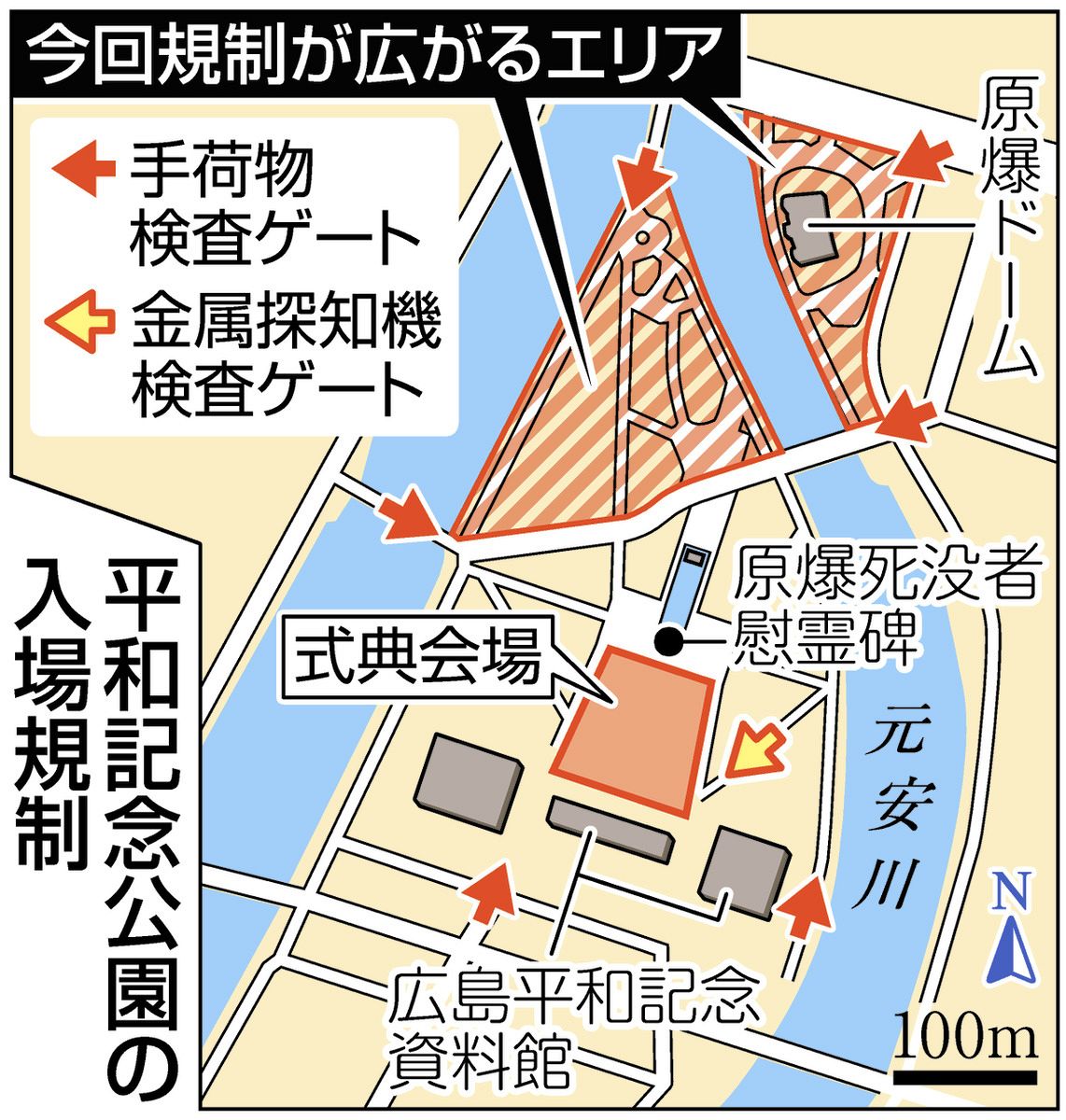Tue, Sep 24, 2024
More than 80 percent of the territory that has been surveyed around the Chernobyl nuclear power plant “can be returned to agricultural production,” said Valery Kashparov, director of the Ukrainian Institute of Agricultural Radiology (UIAR) of the National University of Life and Environmental Sciences of Ukraine.
Kashparov’s team of researchers reported in a recent article in New Scientist the results of its radiation surveys of areas around the site of the 1986 nuclear power plant accident. The group concluded that radiation measurements on much of the land are now below levels regarded as unsafe by Ukrainian regulators.
Decades of research: Kashparov, who has been with the UIAR since 1998, has spent the past 37 years conducting research related to Chernobyl, focusing on the physical-chemical and nuclear-physical properties of radioactive fallout in the area.
His team’s studies have included both practical and theoretical problems associated with the elimination of “radiation consequences” on former agriculture land in contaminated areas.
Main findings: Kashparov’s group has employed various technologies in its surveys through the years, including the use of unmanned aerial vehicles and other robotic instrumentation. In describing the results of their surveys, the researchers explained that the most serious health threat caused by the Chernobyl accident to the land stemmed from the iodine-131 isotope. That radioisotope, which has a half-life of only eight days, has decreased to negligible levels.
Other radioisotopes that have half-lives of 30 years or longer, including cesium-137 and strontium-90, remain present in areas “far removed from the disaster site,” though at levels that have been cut by more than half since the accident.
In the main exclusion zone immediately surrounding Chernobyl, high radiation levels are still found. That zone is now a forested area that may be designated as a nature reserve.
In potentially renewed agricultural areas, high radiation levels would not transfer to crops, and any produce from the region would be checked for radiation.
Important exports: The possible return of the land to agricultural production after 38 years of dormancy is good news for a nation that has been ravaged by war. Large parts of Ukraine’s arable land have been unusable during the last few years—a result of ongoing combat operations during the war with Russia. Thus, the reclaimed land is much needed by the country, which has long depended on farm products as its most important exports.
Compensations will stop: Despite hopes for resuming agriculture on the formerly contaminated land, notes an article in Interesting Engineering, there are “problems which remain to be sorted before the land can be allotted [to] the uncontaminated category, and that includes taking the local population into confidence.” […]
Read more.





